Nov. 10, 2017
BLM cancels 10 million acre Sagebrush Focal Area Withdrawal Proposal
Based on a recent analysis and review of data available that showed that future mining is not a significant threat to sage grouse habitat, the Bureau of Land Management has canceled its Sagebrush Focal Area withdrawal application and the Department’s proposed withdrawal of 10 million acres of federal lands from location and entry under the mining law in Greater Sage-grouse habitat in six Western States. The BLM also terminated the associated environmental analysis process. The notice of cancellation can be found on the BLM website here: https://on.doi.gov/2hOpRxn.
The BLM determined the proposal to withdraw 10 million acres was unreasonable in light of the data that showed that mining affected less than .1 percent of sage-grouse-occupied range.
“The proposal to withdraw 10 million acres to prevent 10,000 from potential mineral development was a complete overreach,” said Acting BLM Director Mike Nedd. “Secretary Zinke has said from the beginning that by working closely with the states, who are on the front lines and a valued partner in protecting the health of these lands, we can be successful in conserving greater sage grouse habitat without stifling economic development and job growth. And that’s what we intend to do—protect important habitat while also being a good neighbor to states and local communities.”
The recommendation to withdraw nearly 10 million acres from location and entry under the mining law was one of many land use restrictions proposed for a new management area designated as the Sagebrush Focal Area (SFA). However, that recommendation was unreasonable in light of the data available. In particular, the U.S. Fish and Wildlife Service’s 2005 “Not Warranted” decision, the 2010 “Warranted But Precluded” Decision and the 2015 “Not Warranted” decision all showed that mining—including locatable mining—was not a significant threat to sage-grouse.
The lands will continue to be managed in accordance with existing plans, programs, policies and regulations in Idaho, Montana, Nevada, Oregon, Utah and Wyoming. They had been temporarily segregated, or closed to new mining claims for 2 years when the Department originally proposed the lands for withdrawal in 2015, while the agency studied whether locatable mineral exploration and mining projects would adversely affect habitat important to the greater sage grouse. That temporary segregation period expired September 24, 2017.
Feb. 2, 2017
BLM hosts meeting on South Pass planning
The Bureau of Land Management will host a public meeting Feb. 7 at the BLM Lander Field Office to gather input on interpretive and management plans for public lands in the South Pass area. The meeting will be held from 5 p.m. to 8 p.m.
Based on public input the BLM has identified improving visitor awareness and appreciation of cultural heritage as a priority for visitor services. Special emphasis will be placed on area sites that are important to historic mining, like Miner's Delight.
The meeting will give people the opportunity to weigh-in on their priorities for the area and how they recreate in the area.
"BLM projects are most successful when they involve public participation and partnerships," said Kristin Yannone, BLM planning and environmental coordinator. "There will be future opportunities for participation in South Pass area projects, but this is an important first step."
Written comments will be accepted during or following the public meeting.
For more information about the planning, contact Yannone at 307-332-8400 or kyannone@blm.gov.
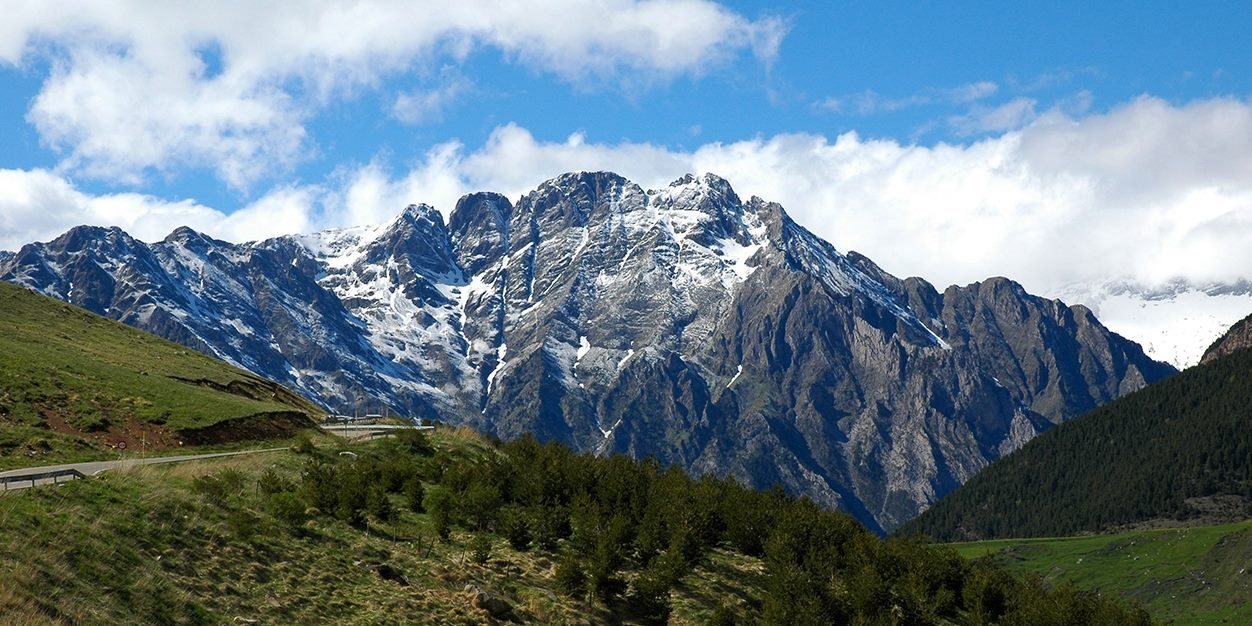
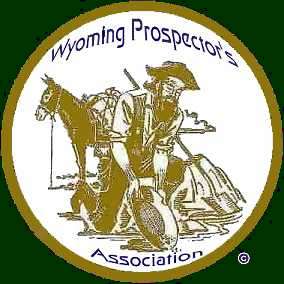
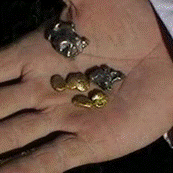
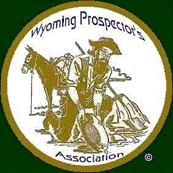
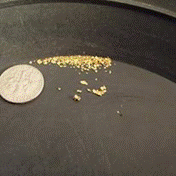
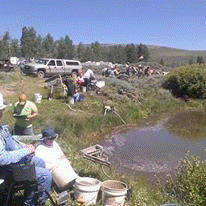
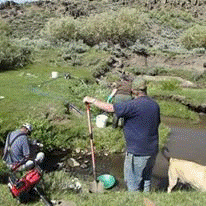
This document has a comment period that ends in 23 days. (10/15/2018)